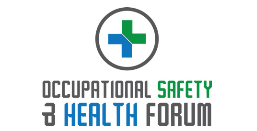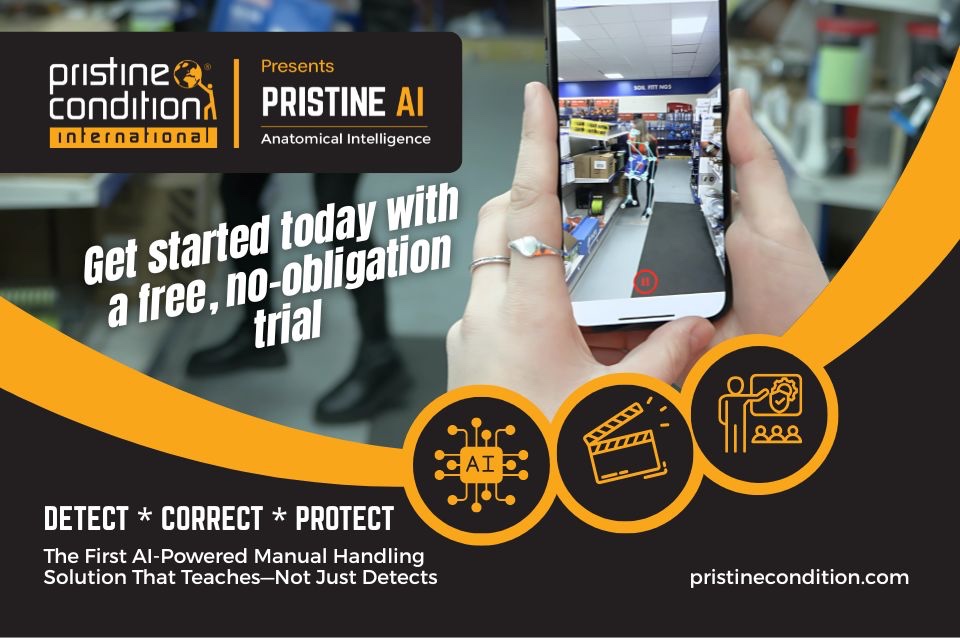Health & Safety (H&S) is paramount in ensuring the well-being of individuals and the smooth running of operations within the UK’s commercial and public sectors. With advancements in technology, Artificial Intelligence (AI) is fast becoming an indispensable tool for H&S professionals, offering innovative solutions to traditional challenges…
- Accident Prediction and Prevention:
- Function: Through analysing historical data on accidents and near misses, AI algorithms can identify patterns and predict potential future hazards.
- Benefit: Organisations can proactively address risks, thus reducing accidents and ensuring a safer environment.
- Smart Surveillance:
- Function: AI-powered cameras and sensors can monitor areas for safety protocol adherence, such as ensuring workers wear hard hats or maintain social distancing.
- Benefit: Real-time alerts to breaches in safety protocols ensure swift corrective action, reducing the chances of injury.
- Training and Simulation:
- Function: AI-driven virtual reality (VR) can simulate hazardous scenarios, allowing staff to train in risk-free environments. These systems adapt and personalise training based on individual performance.
- Benefit: Enhanced training outcomes lead to more knowledgeable staff, better prepared for real-life emergencies.
- Health Monitoring:
- Function: Wearable AI devices can monitor vital signs or detect fatigue levels in workers, especially those in high-risk roles.
- Benefit: By identifying health issues or exhaustion early, organisations can prevent accidents attributed to human error.
- Automated Reporting:
- Function: AI can automate the process of logging incidents, analysing them, and suggesting mitigation measures.
- Benefit: Reduces administrative burdens and ensures that every incident is recorded meticulously, aiding in future risk assessments.
- Ergonomic Analysis:
- Function: AI systems can assess workspaces for ergonomic efficiency, ensuring that spaces are conducive to physical well-being.
- Benefit: This reduces long-term health issues, such as repetitive strain injuries, promoting a healthier workforce.
- Air Quality and Environmental Monitoring:
- Function: Advanced sensors, powered by AI, can detect harmful pollutants or pathogens in the air within workplaces, especially crucial in industries with potential chemical exposures.
- Benefit: Ensures compliance with air quality standards, promoting healthier environments and reducing illness.
- Adaptive Emergency Response:
- Function: In emergencies, AI systems can analyse situations in real-time, guiding evacuations, or directing first responders most efficiently.
- Benefit: Swift, effective responses reduce the impact of emergencies, potentially saving lives.
- Staying Updated:
- Function: AI systems constantly scan for updates in H&S regulations and guidelines, ensuring professionals are always informed of the latest best practices.
- Benefit: Ensures compliance and the highest standards of safety by always being in line with regulatory changes.
AI is revolutionising the domain of Health & Safety, offering tools that not only react to hazards but predict and prevent them. By embracing these technologies, the UK’s commercial and public sectors are poised to achieve unprecedented levels of safety and well-being for all.
Learn more about what AI has to offer at the Occupational Safety & Health Forum.
Image by Helena Jankovičová Kováčová from Pixabay





